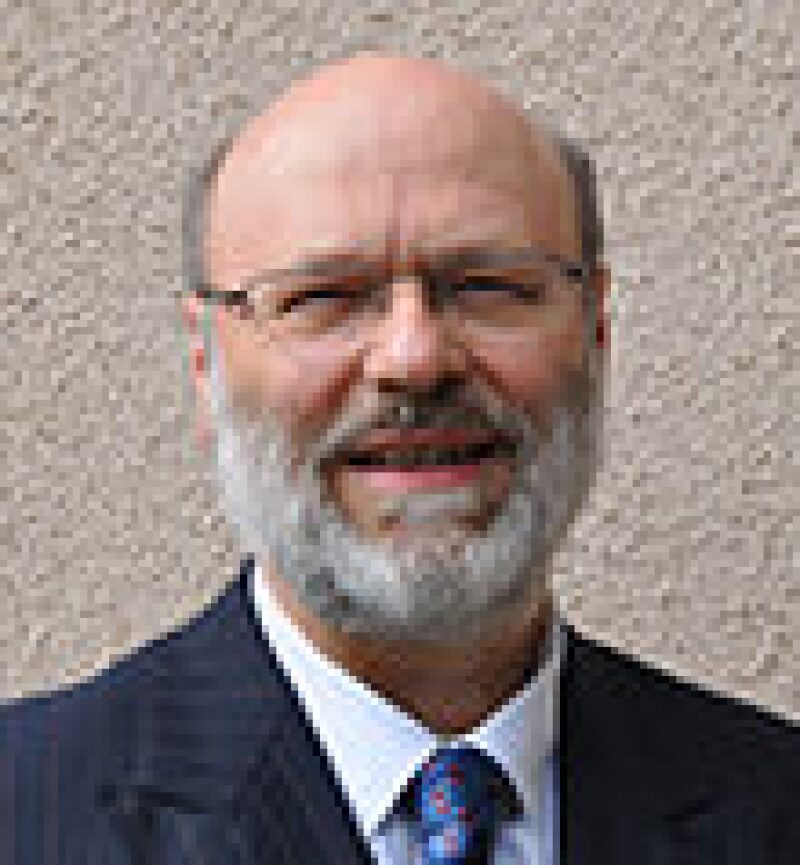If there is a discipline where current conceptual research and technology development expand simultaneously, involving highly interconnected people, it is health, safety, security, environment, and social responsibility (HSSE–SR, or HSE in brief). There are two reasons for that. The first one is the unique relationship between that discipline and society at large, which generates new challenges for or objections against the oil and gas industry every day. The second one is that the HSE discipline is rather young, compared with other exploration-and-production disciplines.
Ten years ago, the challenge was almost technical only. As we were pushing back the frontiers (e.g., high pressure/high temperature, Arctic, ultradeep water, extra-heavy oil, shale gas), we were striving to improve our HSE performances by reducing our footprint and the number of accidents, with a view to demonstrate to the stakeholders that providing us license to operate was both safe and the right choice for society. The paradigm has now changed. Is that because of the Macondo disaster and the release of the Gasland documentary film 5 years ago? Partly, but not solely. Stakeholder expectations are significantly different, and we now need to convince them of the rightfulness of our industry. Alternative sources of energy emerge and, like any newcomer, look like promising brides even when there are voices warning society about their latent defects.
In the following pages, you will read of efforts made by the industry to develop tools to better understand the environment and the effects of the industry on it, to develop techniques to reduce or mitigate those effects, to find means to lower technical risks, and to ensure that every worker returns home safely every day. At the same time, there is an ongoing discussion on the best way to make progress, on how to influence the behavior of the workers, on how to maintain the competency of the workforce when experienced people retire, and on how to respond to the threats caused by new forms of violence. It is critical that our efforts continue, even in a time of depressed crude-oil prices.
Recommended Additional Reading
SPE 173575 One Company’s In-Situ Wildlife Mitigation and Monitoring Program: An Industry-Leading Approach by Amit Saxena, Devon Energy
IPTC 17723 Personal-Safety and Human-Factors Risk Assessment During Maintenance of Fracturing Pumps at Well-Service Operations by Atul Bokane, Halliburton, et al.
SPE 171738 An Operator’s Feedback on the Installation of a Pipeline-Intrusion-Detection System by Grégoire Audouin, Total E&P, et al.
SPE 172137 Rising Heat, Rising Threat—Hydrate Before It’s Too Late by Mohamed A. Al Ali, Abu Dhabi Gas Liquefaction Company, et al.
SPE 172779 Detecting and Correcting Pipeline Leaks Before They Become a Big Problem by R. Cramer, Shell, et al.
IPTC 17842 Acquiring and Maintaining Social License To Operate During the Life Cycle of Major Oil and Gas Operations by Katherine A. Gilbert, ExxonMobil Production Company, et al.

Emmanuel Garland, SPE, is a special adviser to the HSE vice president at Total Exploration and Production. He has been SPE Technical Director for Health, Safety, Security, Environment, and Social Responsibility and a member of the SPE Board of Directors. Garland graduated from the École Centrale de Paris and from the École Nationale des Pétroles et des Moteurs. He is a Qualified Engineer and serves on the HSE Now Editorial Advisory Board and the JPT Editorial Committee.

